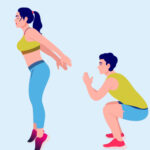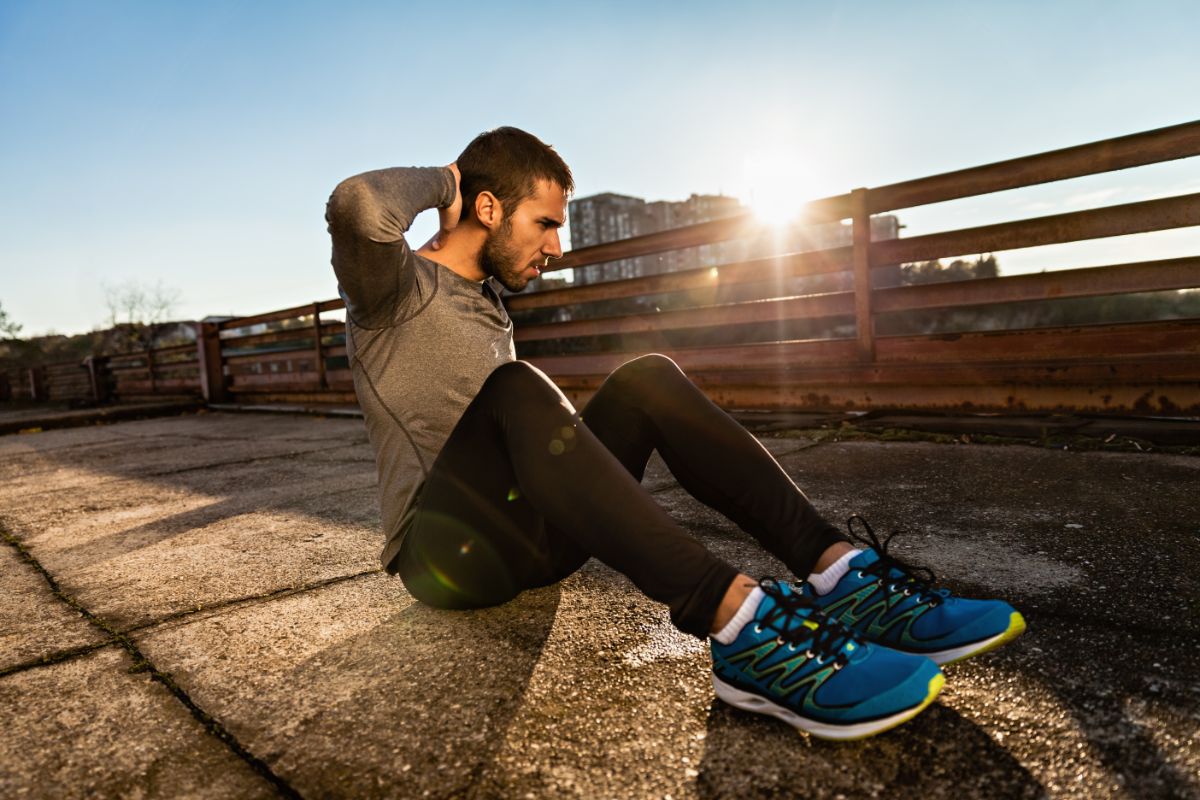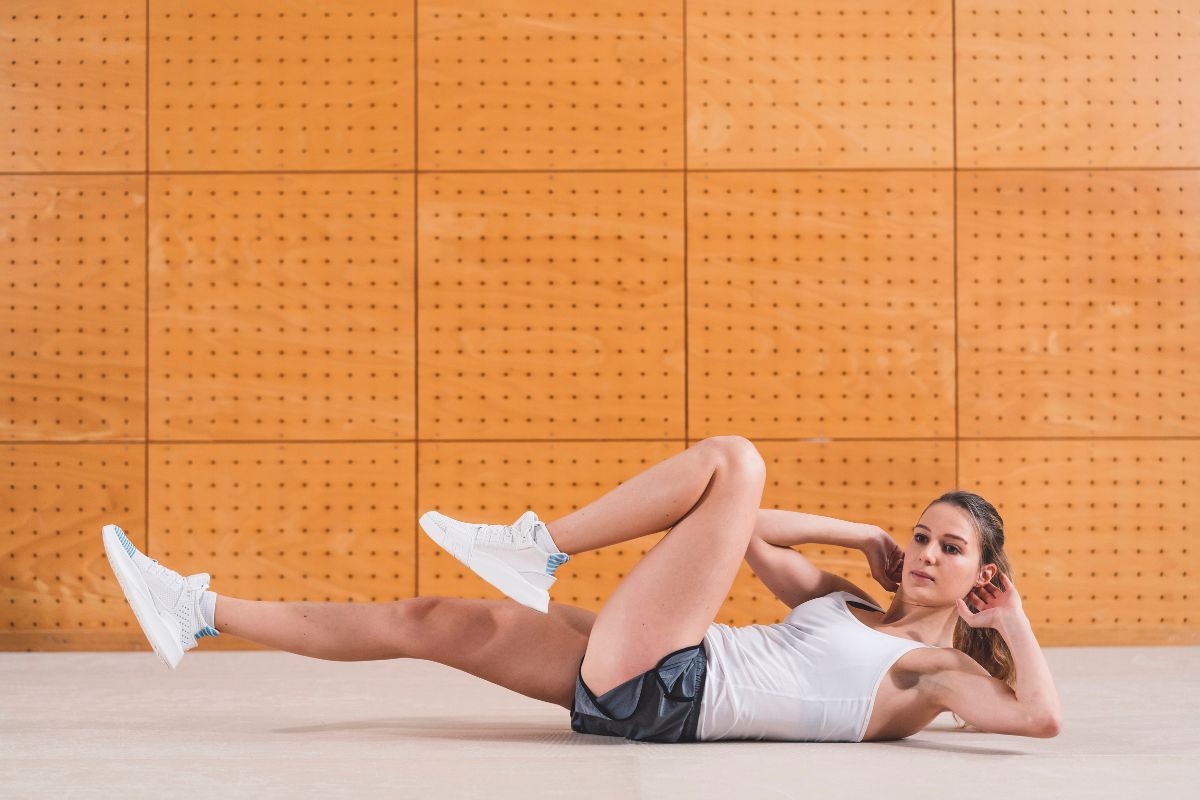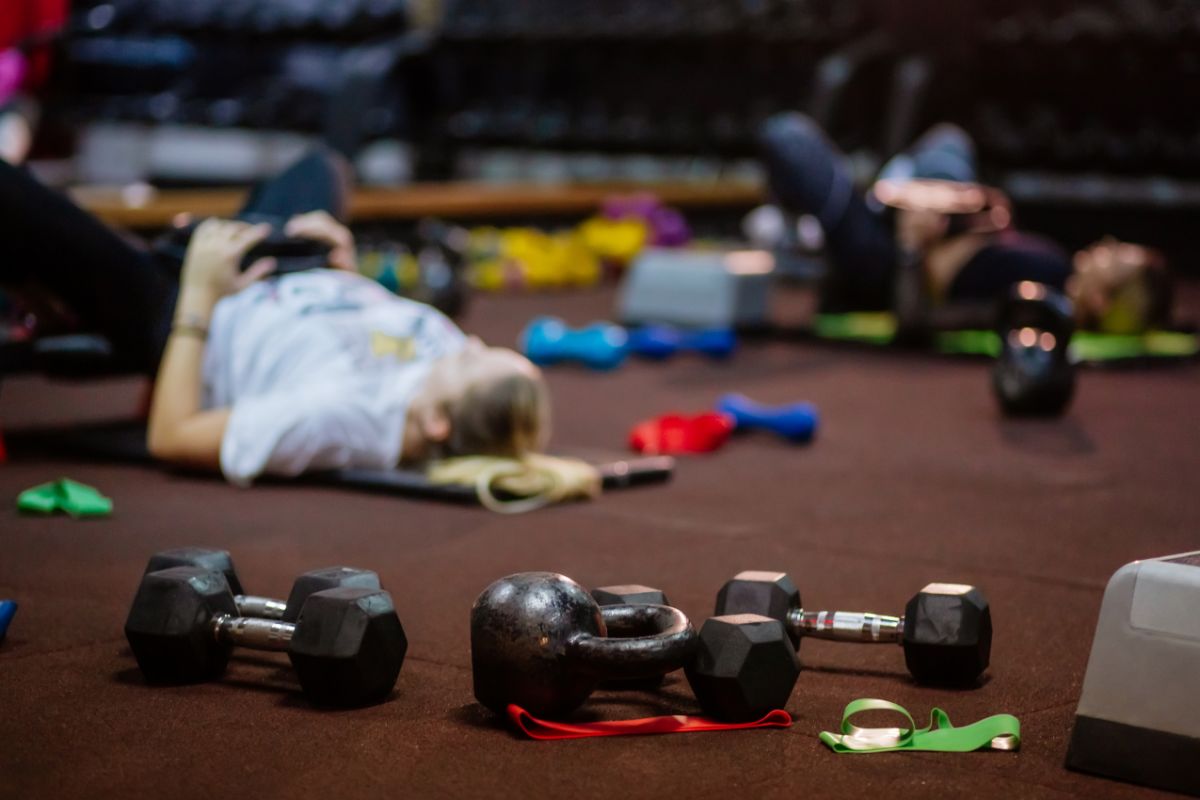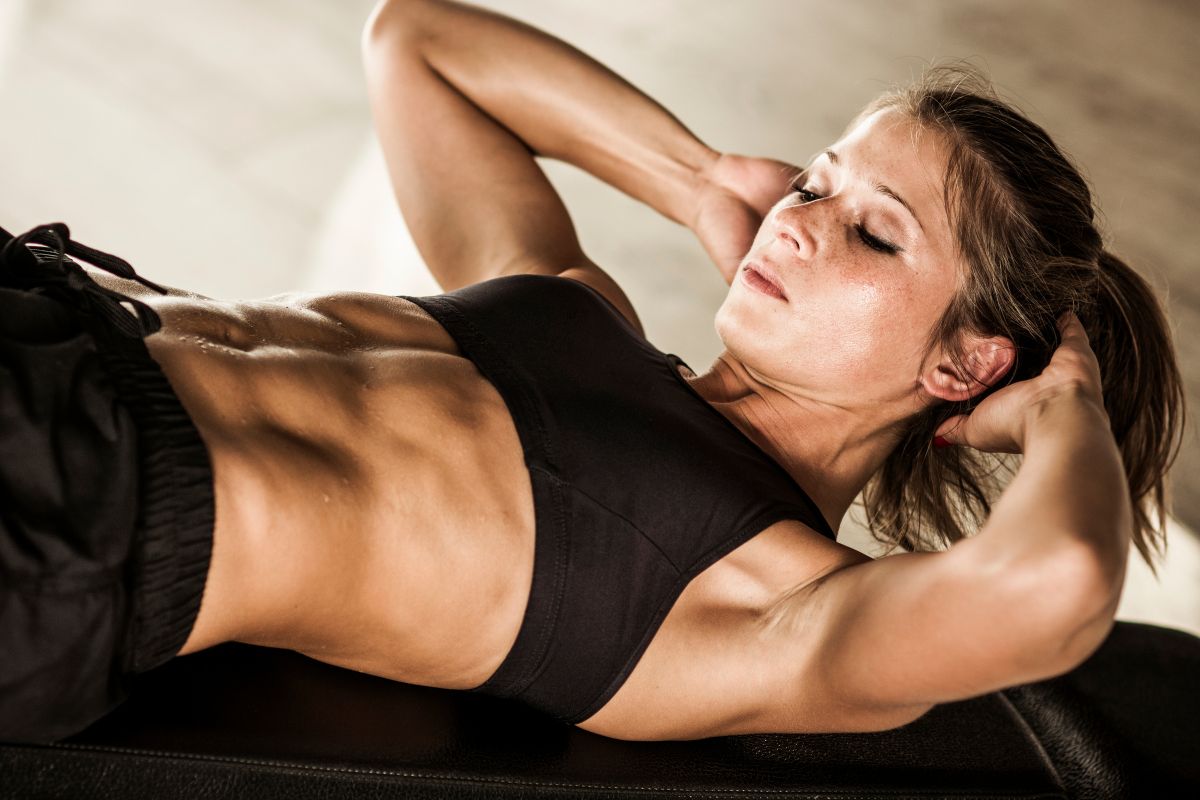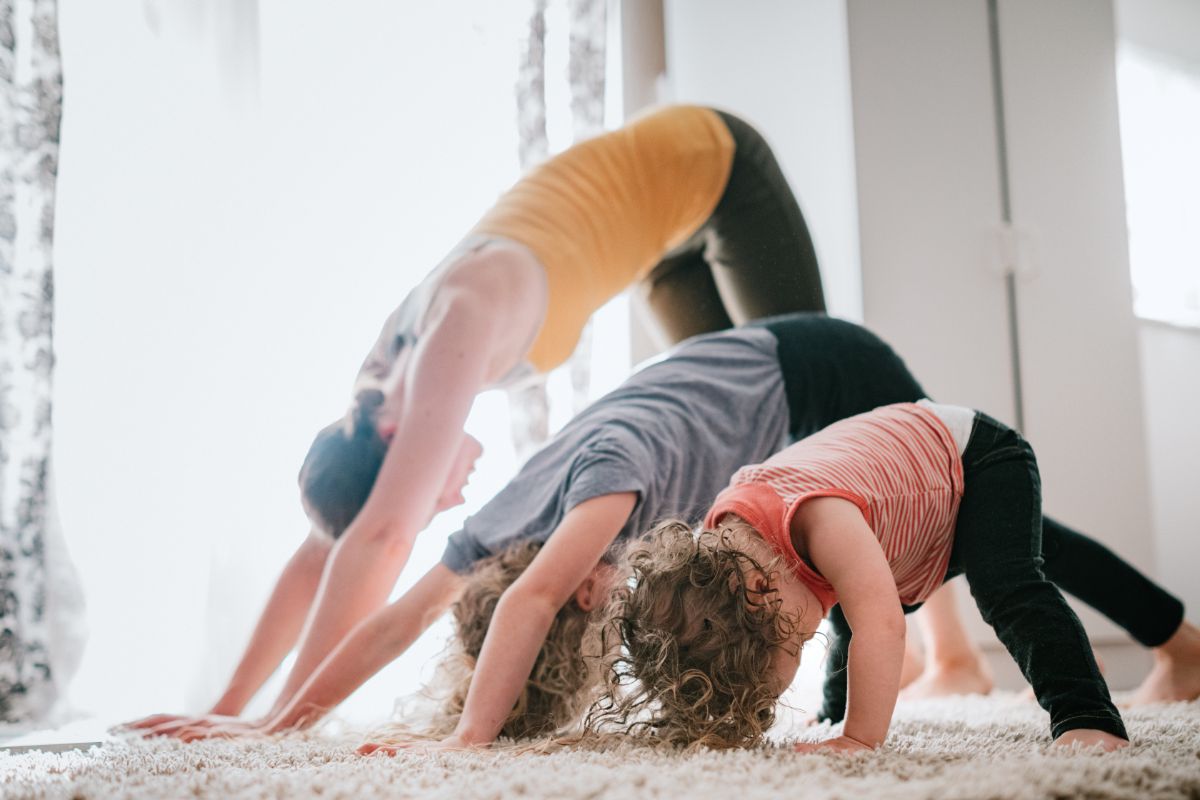Last Updated on August 14, 2022 by TJ Daniels, Certified Personal Trainer
It can be argued that crunches are the most popular exercise for working the abdominal muscles, however, they aren’t technically the most effective way to help strengthen your core and build up muscle.
On top of this, training your core is more than just gaining washboard abs. By working your core effectively, you can help to improve your overall stability and mobility, as well as reduce injury.
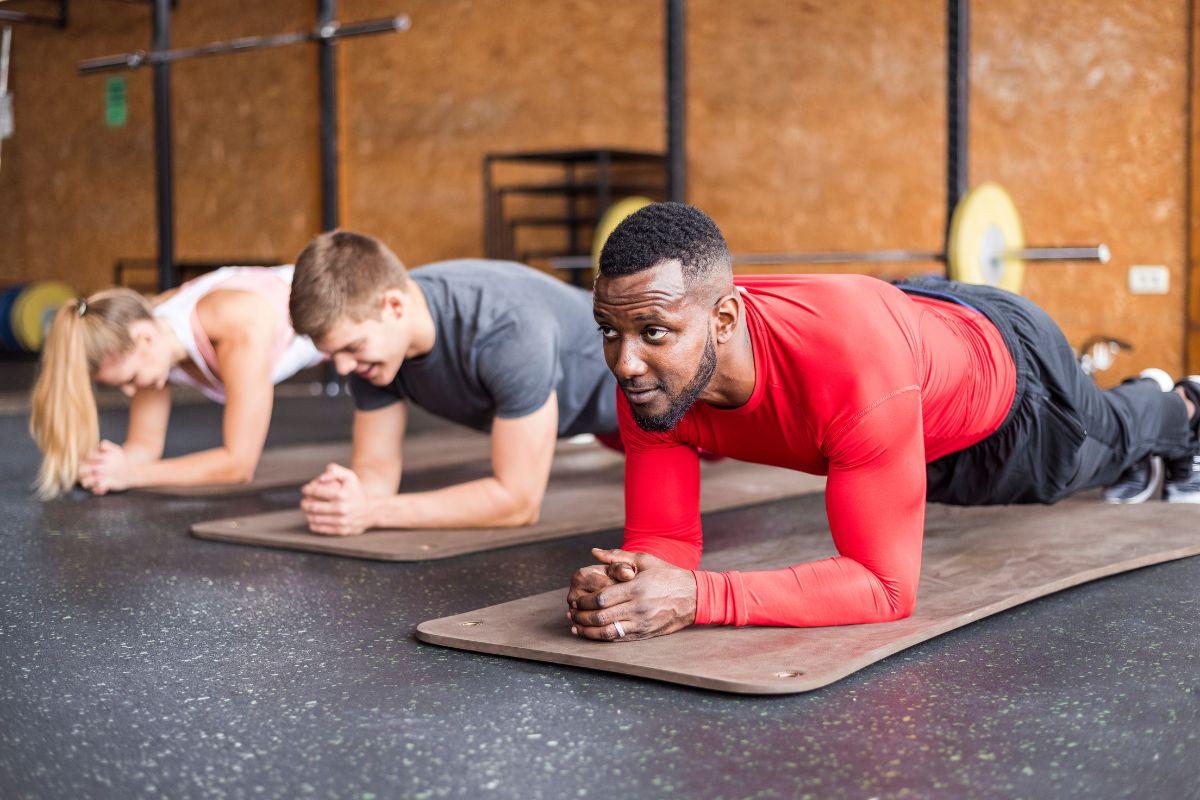

However, if you’re working your core by only performing situps and crunches, then exercising for that beach body may be in vain.
You might be wondering what the alternative is – we suggest planks! Planks are a fabulous alternative to doing situps and crunches. It provides all the same benefits as well as some extras.
Today, we’re going to look at everything you need to know about planks and how you can use them to keep your core strong and your tummy tight.
How To Do Planks
The greatest thing about planks is that they aren’t actually that difficult to pull off. The only difficult thing about this exercise is maintaining the position over a period of time.
However, you can adjust how long you hold the position to suit your needs. We’ll cover more about how long you should maintain the plank position in a bit.
High Plank
Start by getting into the start or top of a push-up position. Make sure to keep your toes and palms planted firmly against the floor as well as keep your core tight and back straight.
If your back or bottom sags during this exercise, this can result in pain in your lower back and make the exercise uncomfortable.
So, make sure you are keeping everything where it should be. In addition, make sure you keep your head steady as well.
Low plank
This is another variation of the plank for those people who want to feel the burn a little closer to their core.
To execute a low plank, lower yourself down to rest on your forearms while keeping everything else the same as the high plank. Ensure that you are still keeping everything straight and sturdy.
Planks And Your Muscles
Planks are proven to be more effective than crunches, but what is it about them that makes them work more effectively?
The first reason is that crunches and situps can be rough for your back. By pushing your spine against the floor it can lead to lower back problems later on in life.
Another reason is that planks don’t only focus on working your core, they actually work your entire body.
To perform a plank correctly, you need to engage your legs, arms and core. This all-encompassing workout is extremely efficient for targeting multiple areas at once.
Planks And Posture
In a world where many people spend their working hours sitting at an office job, it is not unusual for people to suffer from back pain.
The good news is that planks can actually help to improve your posture and therefore help avoid back pain.
This exercise helps to strengthen your shoulders, chest, abs, neck, and back, making it easier for your lower shoulders and back to rest in a neutral position when standing or sitting.
These two components are vital for improving your posture.
On top of this, planks can also help your core muscles’ isometric strength. This exercise will help you to refrain from hunching while sitting or standing for long periods of time.
Planks And Flexibility
Planks may feel intense while you perform them, but they can actually help to stretch out your lower body.
By being in this held position your hamstrings and arches of your feet are lengthened. This means that the plank is actually a strength and stretching exercise.
You can also use planks in different variations to help stretch various areas of your body. For example, if you’re looking to stretch your sides, then you can perform a side plank with one arm extended.
Planks And Modifications
Classic planks are an excellent go-to exercise, but sometimes we want to switch things up or find ways to modify them to suit our body’s needs.
One modification that you can try is the low plank. This can be done by dropping to rest on your forearms.
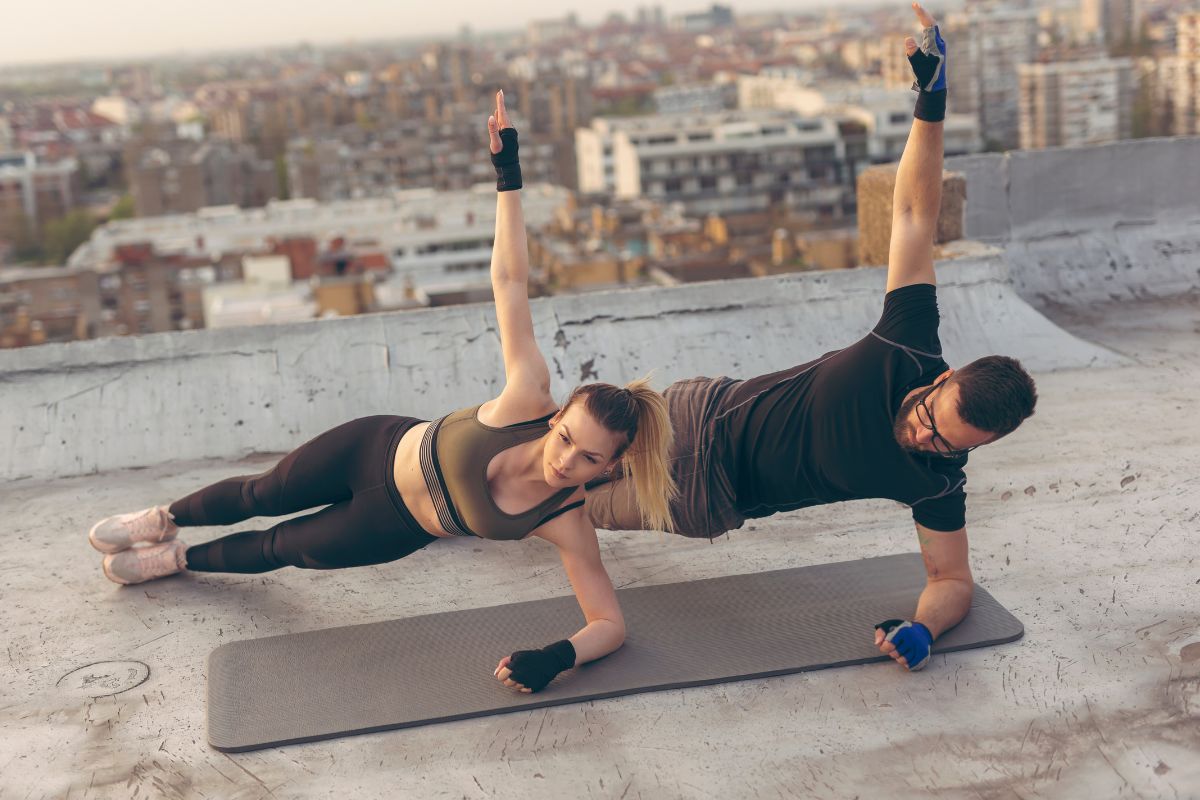

You can also change the length of time that you’re holding the position for as another modification. You can increase or decrease this length of time depending on what your body is capable of.
We recommend starting by holding the position for around 15 to 30 seconds and then increasing the length of time from there if you find it easy enough to do.
However, we also recommend that you don’t exceed 3 minutes of holding time. For people who are looking to increase their athletic performance then you should aim for 10-second holds in sets.
Insert Planks Into Your Exercise Regime
If we have swayed you, then you may want to add planks into your daily exercise routine. We have some variations that you can try to keep varied and consistent.
Side Planks
Side planks are great for targeting your side abdominal muscles as well as strengthening your spine.
Research has shown that side planks are also excellent for reducing spinal curvature. All you need to do is lie on your side and then prop yourself up to your forearm. Next, raise your hips off of the floor, resting your weight on your feet.
Then, raise your other arm straight above you and hold the position for a given length of time. Switch sides once completed.
Arm And Leg Extensions
Shoulder touches are great to include to improve your balance and stability.
Once you are in the classic planking pose, you should raise one hand from the ground and tap the opposite elbow. Make sure you are engaging your toes and opposite arm to keep the balance.
After this, put your hand back on the ground and repeat with the opposite arm. Try starting with 10 taps on each side and then increase them as your balance improves.
Knee Touches
Add a twist to the traditional plank position by doing knee touches. The concept may seem easy, but they are actually quite the challenge.
Firstly, get into a lower plank pose by resting on your forearms. Then, you want to lower one knee to the ground so that it taps the floor lightly.
Next, bring the knee back up and swap to the other knee. Repeat this without compromising your form and feel the burn the next day!
This exercise is great for working your quads and hamstrings at the same time.
The Bottom Line
We have covered everything you need to know about planks and their benefits, as well as variations on how to perform them to spice up your exercise regime.
By performing these exercises, you will have stronger and more defined abs in no time at all.
They will help to increase your core strength as well as increase your athletic performance and overall make a difference in your day-to-day life.
- How To Start HIIT Workouts [Beginner’s Guide] - May 18, 2023
- How To Sneak A Workout In While Taking Care Of Your Baby - March 17, 2023
- How To Build Your Chest With Dumbbells [Guide] - February 9, 2023

